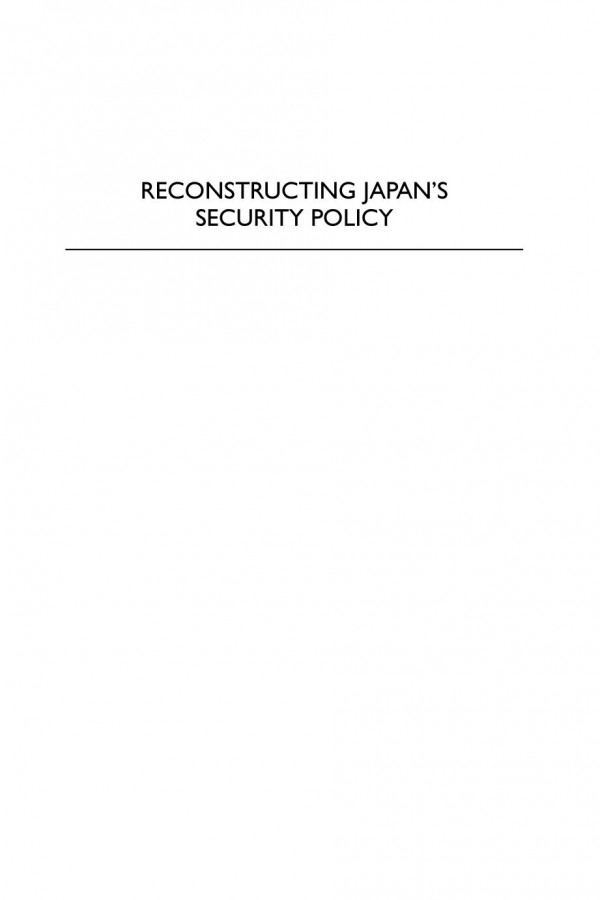

Most ebook files are in PDF format, so you can easily read them using various software such as Foxit Reader or directly on the Google Chrome browser.
Some ebook files are released by publishers in other formats such as .awz, .mobi, .epub, .fb2, etc. You may need to install specific software to read these formats on mobile/PC, such as Calibre.
Please read the tutorial at this link: https://ebookbell.com/faq
We offer FREE conversion to the popular formats you request; however, this may take some time. Therefore, right after payment, please email us, and we will try to provide the service as quickly as possible.
For some exceptional file formats or broken links (if any), please refrain from opening any disputes. Instead, email us first, and we will try to assist within a maximum of 6 hours.
EbookBell Team

4.4
62 reviewsThis book is a detailed study of the role that external military crises played in the development and growth of Japanese security policies in the period following the end of the Cold War. This evolution can be seen in the widened role of the Self-Defence Force (SDF) in shaping Japan’s security priorities, as well as its proactive contribution to regional and international security. Focusing on four key case studies – international peacekeeping in 1992, regional defence in 1997–99, global missions in 2003–05, and collective self-defence in 2014–15 – the author argues that the Japanese security policymaking elite achieved security policy expansion by utilizing external military crises as policy windows, inflating and deflating threat elements to circumvent the constraints and justify the implementation of security policy initiatives.